During a weaving class I recently attended, I became acquainted with an interesting book on textile design: The Fabric Design Book: Understanding and Creating Patterns Using Texture, Shape and Color, by Karin Jerstop and Eva Kohlmar. Although the book is aimed at crafters who work with fabric, the basic pattern ideas it presents are useful for all artisans who are interested in creating unique designs for their art works. The book contains ample color illustrations and plenty of visual inspiration for demonstrating how simple lines and shapes can be used to build more complex patterns.
Let's take a look at some of the pattern basics that form the groundwork for design exercises in The Fabric Design Book. Examples from our BBEST team will help illustrate these design elements.
Intricate design structures start with the spacial arrangement of simple geometric shapes and the interplay of varying shades of color. Our tools for increasing complexity and creating unique patterns include repeating shapes, rotating shape or line direction, alternating colors, increasing and decreasing pattern size, and adding surface texture. We can combine techniques as well, broadening the scope of our design possibilities.
The simplest design form is a line. We can use horizontal and vertical lines to divide an area into sections, creating stripes. By varying the thickness and spacing of these lines, we can make many symmetrical and asymmetrical patterns. Lines can be evenly spaced, or they can be alternated, thick and thin; they can also be turned at a diagonal angle. Applying color to stripes adds an extra design dimension. Using Fibonacci numbers, we can apply the mathematical principles Italian mathematician Fibonacci discovered in patterns throughout the natural world to create balanced and eye-pleasing stripe sequences. Making our stripes in size ratios that follow Fibonacci numbers - 1-1-2-3-5-8-13-21 and so on, will create a striped pattern that mimics the regular and harmonious patterns found in such things as "shell spirals, branching plants, flower petals, seeds, pine cones, and leaves." (http://www.fuzzygalore.biz/articles/fibonacci_seq.shtml)
A natural step up from stripes, is the plaid, which is created by crisscrossing lines of varying sizes at right angles to one another. This interlacing of lines leads to checks and squares; crossing the lines diagonally gives us diamond patterns. Another variation of the plaid is a brick design, which is still an interlocking of lines. We can also apply Fibonacci-style line dimensions to the building blocks of plaids, to design visually appealing patterns.
Another method for creating patterns is to repeat geometric shapes, such as squares, triangles, rectangles, circles, wavy lines, and spirals. Some of the earliest forms of decorative art utilized this technique. Starting with a single line of repeating shapes, we can make borders, which can then be repeated to make more advanced and complex overall patterns. Again, adding color variations greatly increases the design potential.
The lack of a pattern is just as important as the presence of one. We can look at the negative space created by the absence or removal of line and color as a design element in itself. For example, taking a piece of paper and cutting away sections creates a lovely pattern, as in the butterflies below.
By simplifying and stylizing a physical object, we can change it to an artistic form. Rather than reproducing something, such as a flower, in exact detail, we can distill its essence to create a unique design motif. Further simplification of such a motif will continue to develop new design elements. Don't forget we can also repeat these stylized elements to make overall patterns. Combine negative space with simplified designs, and we create elegant pictorial representations.
Another way of manipulating shapes is to use mirror images. Think of taking a design element on one side of a piece of paper and folding the paper, or holding it up to a mirror, to create an exact but reversed image next to the original. We can mirror and repeat as well, just as we did with simplified images, to form a larger pattern.
Adding color to our design repertoire steps up our pattern options exponentially. We can take repetitive, basic shapes and colorize them, such as alternating hues, following a rainbow spectrum, taking different shadings of one tone, or following complementary or analogous schemes.
Using large blocks of color juxtaposed creates striking patterning effects. Patterns need not be extremely complex when dramatic color usage is the prime artistic tool.
The qualities of a color, such as intensity, shade, tone, tint, and value, change when that color is combined with various other colors. We can try pairing one color, such as the green in these coasters, with colors that are adjacent or opposite on the color wheel to see what affect this combination has on the qualities of the original color.
This quilt blends a number of the techniques we have already considered by repeating geometric shapes filled with coordinating patterns, and harmonizing analogous colors. As you can see, the design possibilities are endless! Start by playing with basic shapes, add your own creativity, and you will soon discover that unique patterns are within easy reach of every artisan.


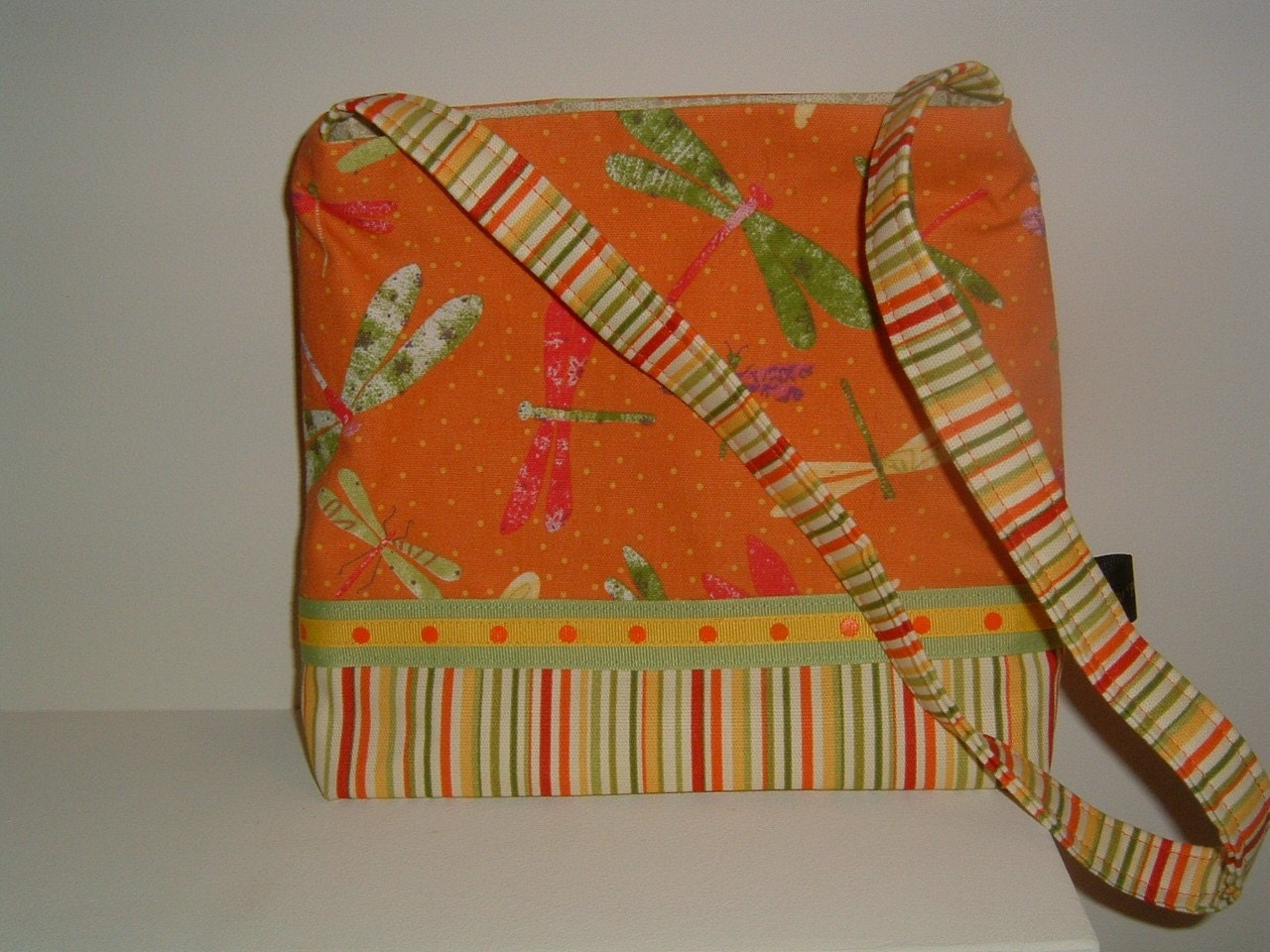
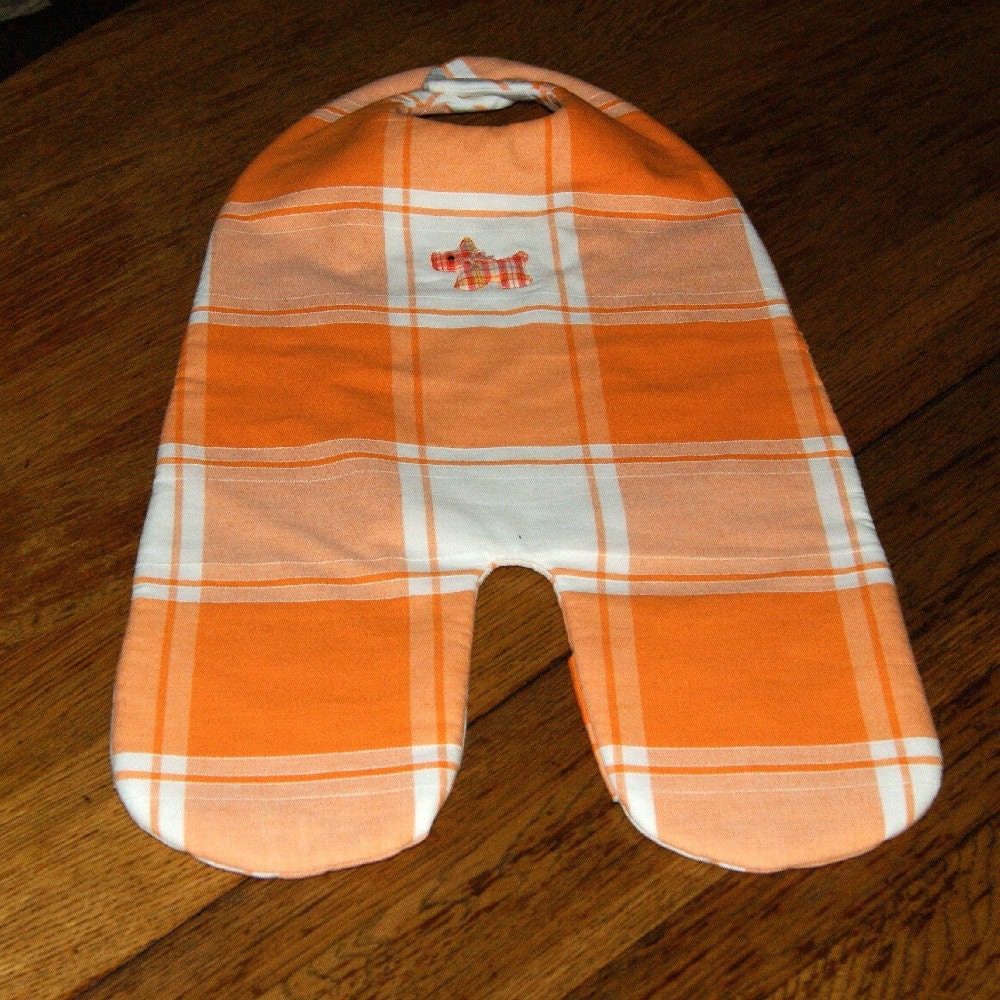
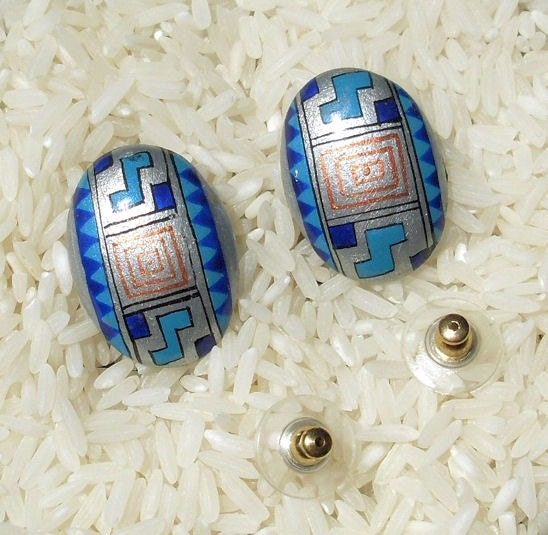
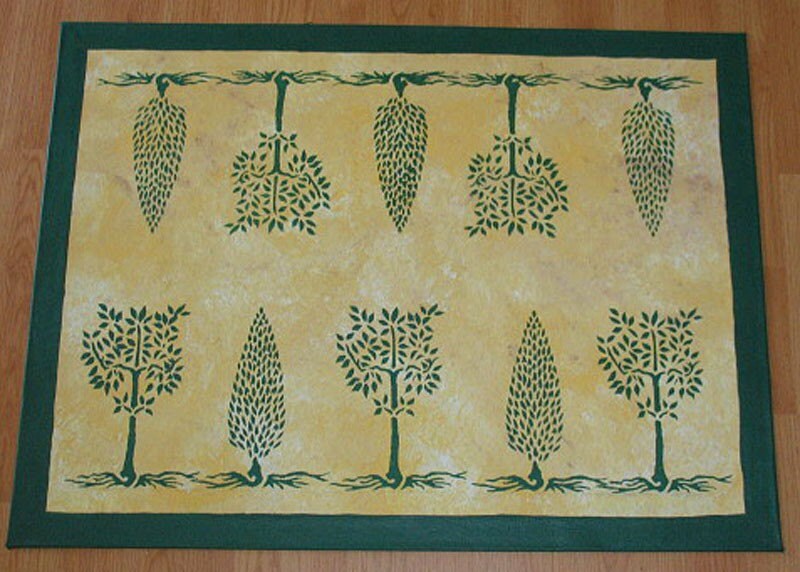
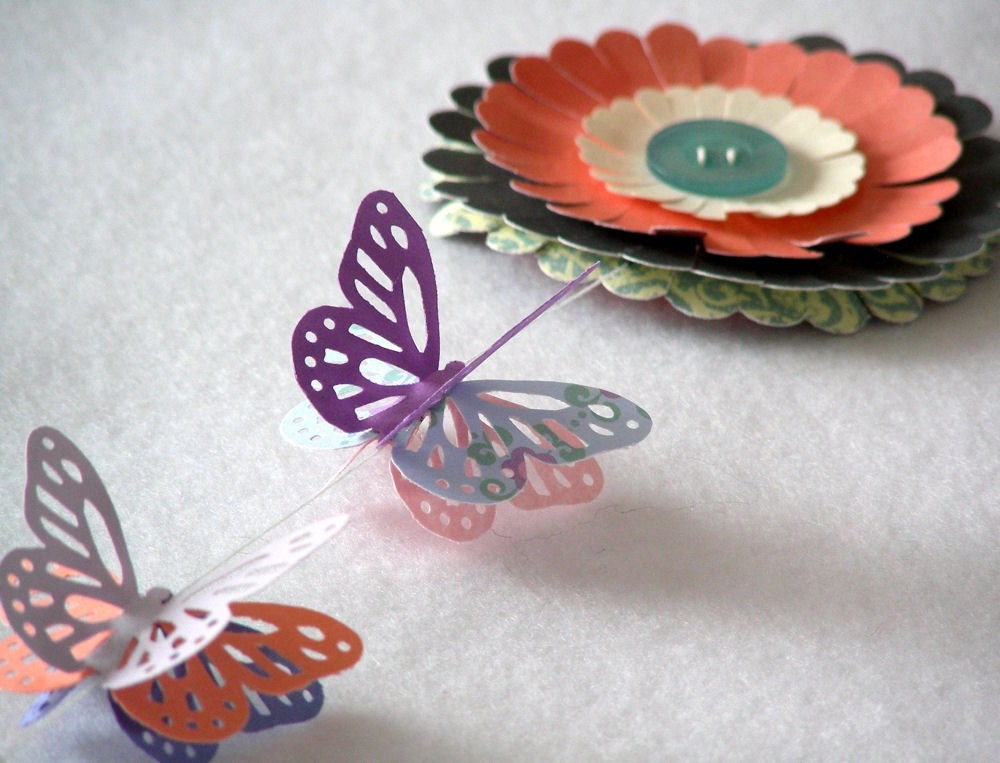 The la
The la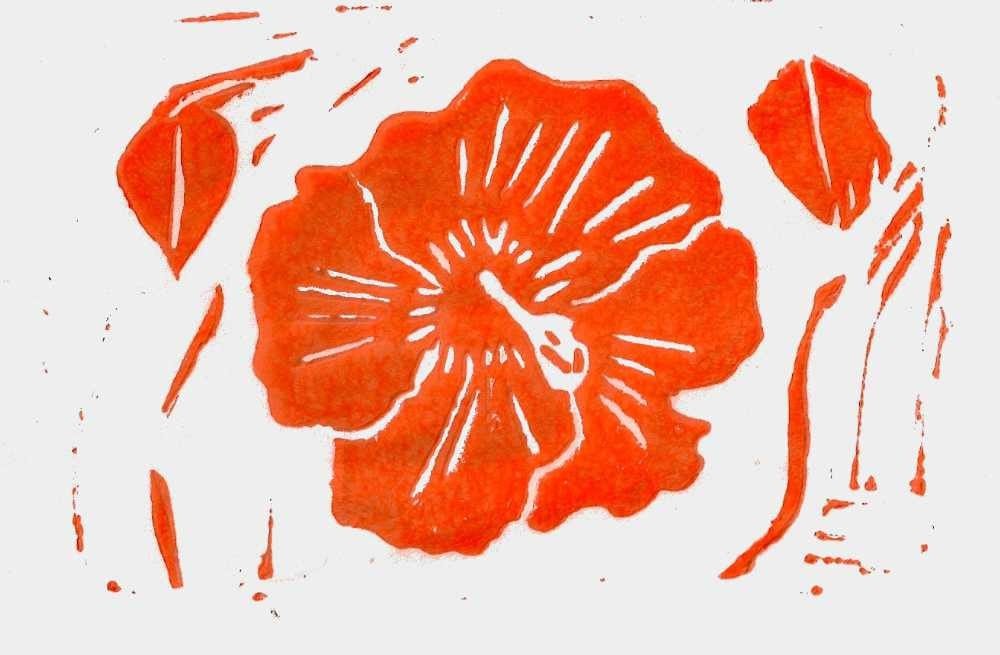
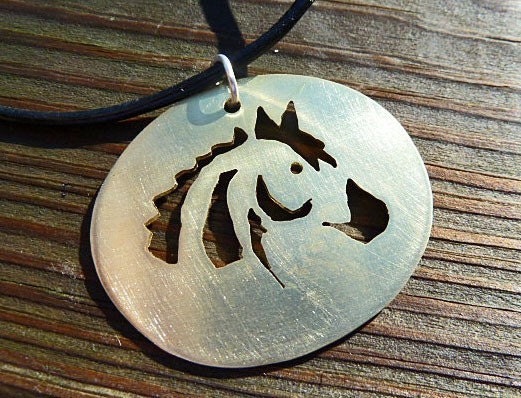
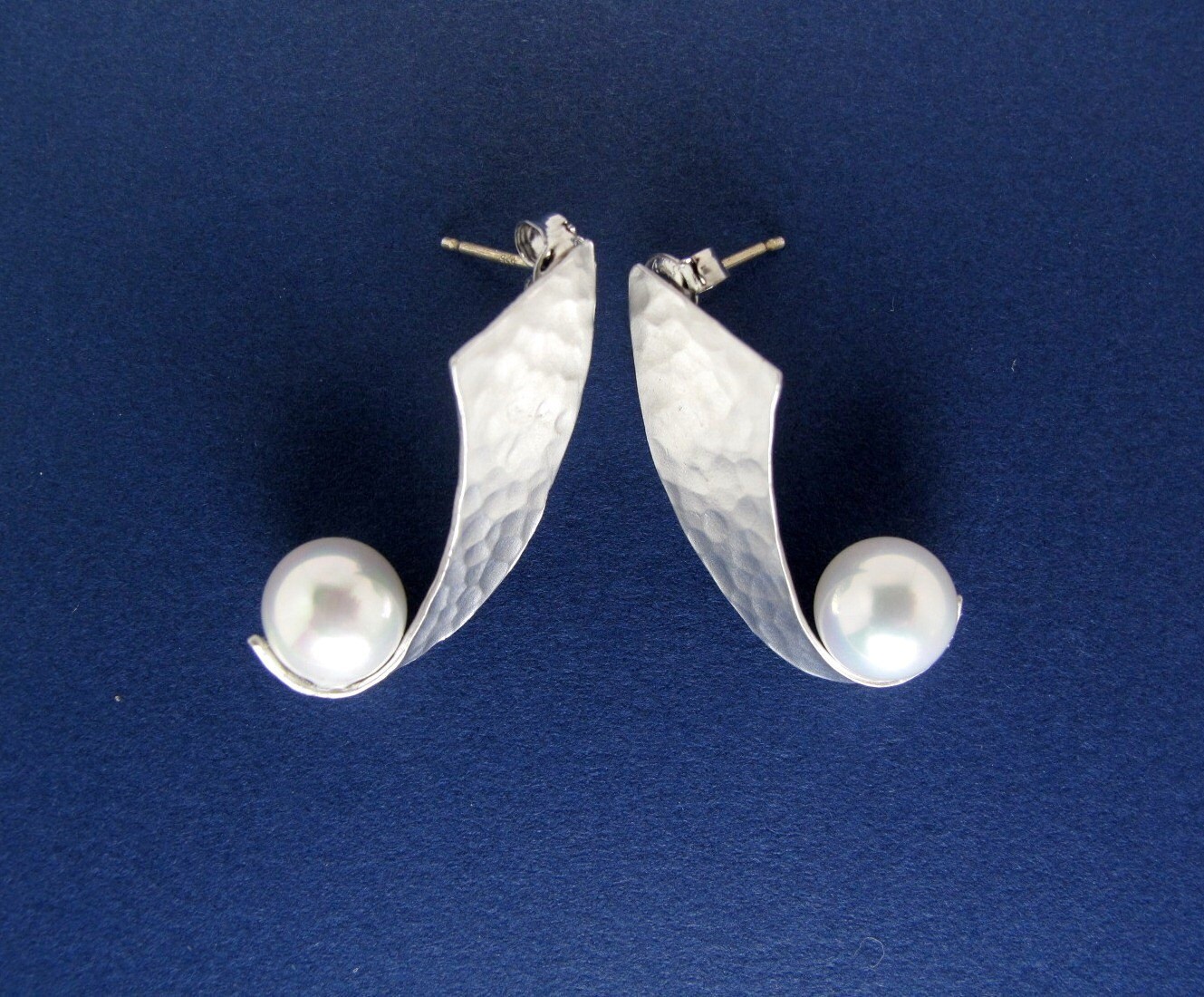
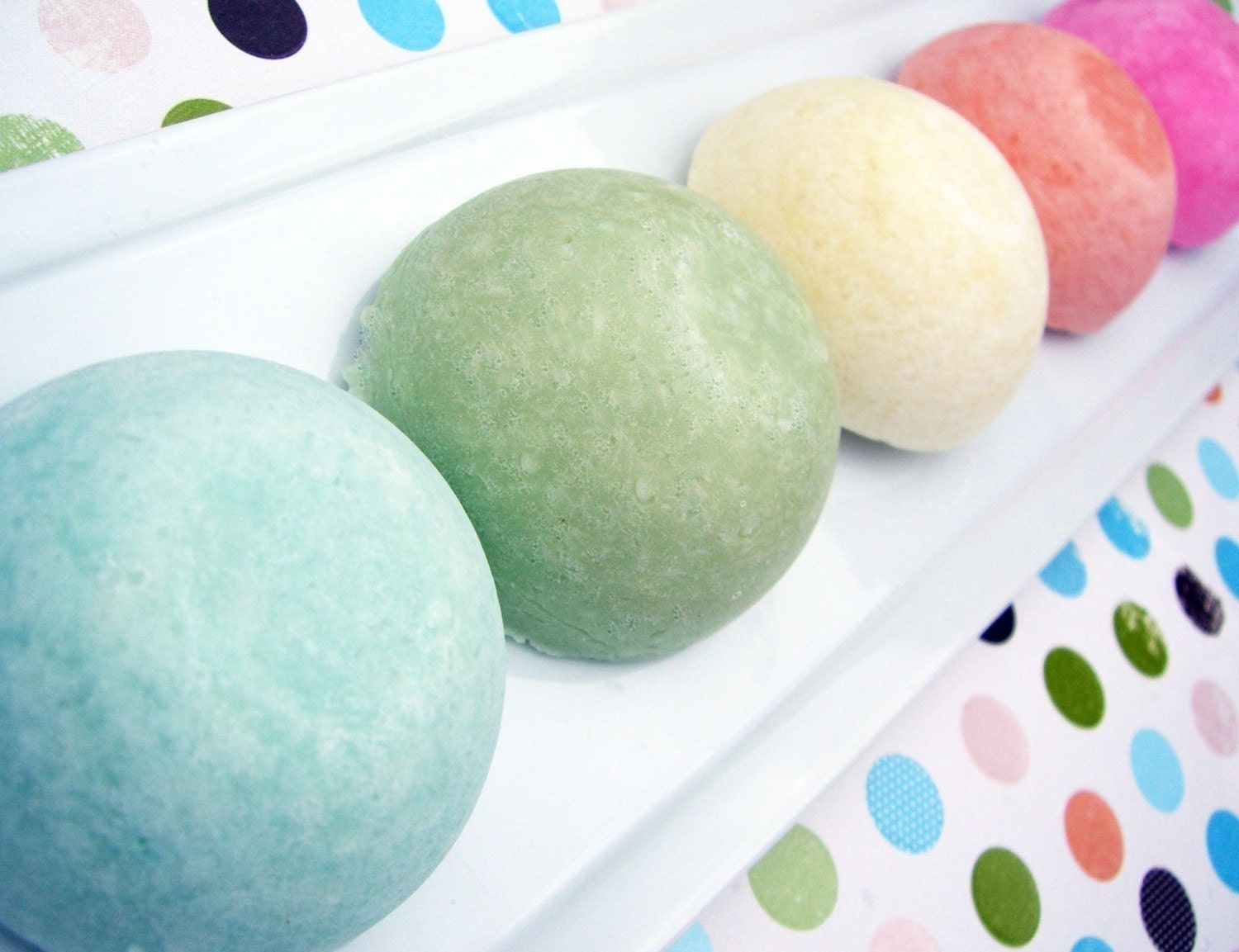
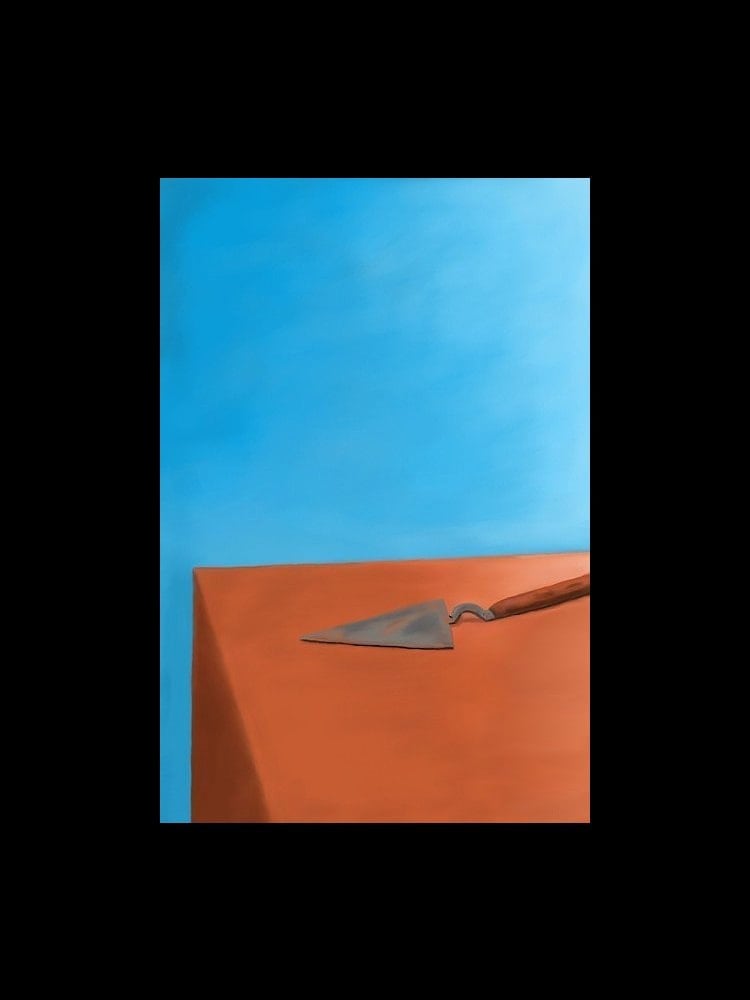
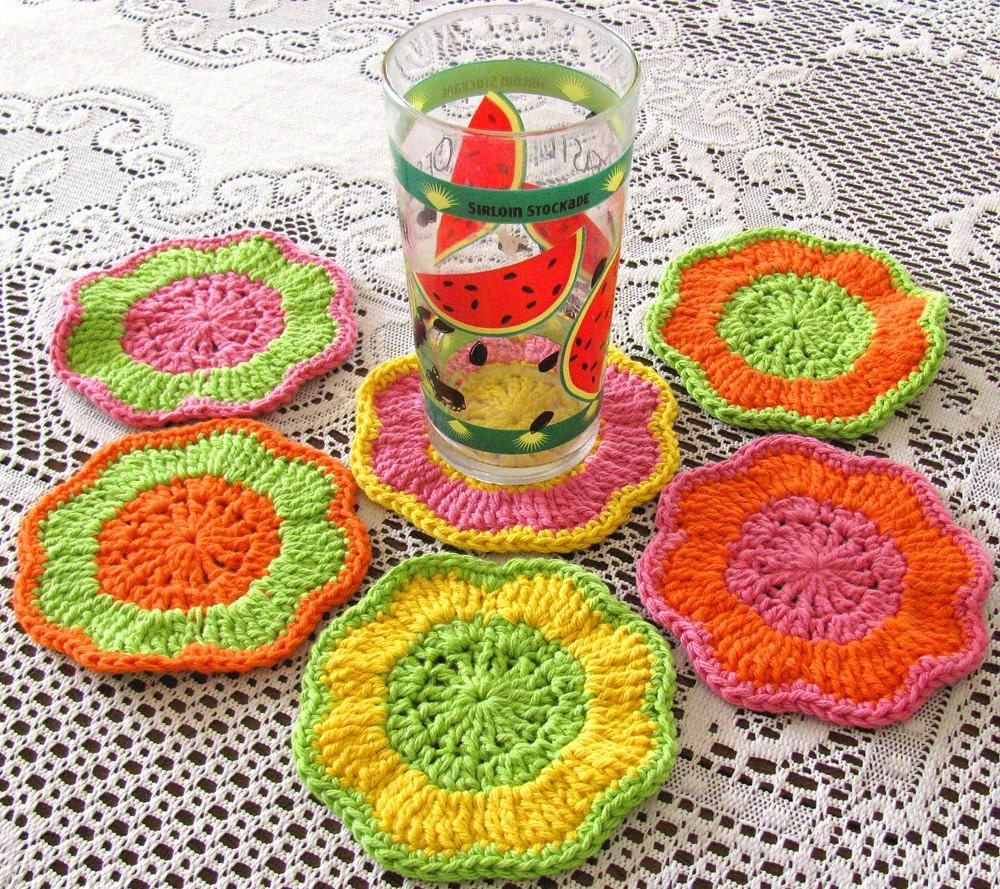
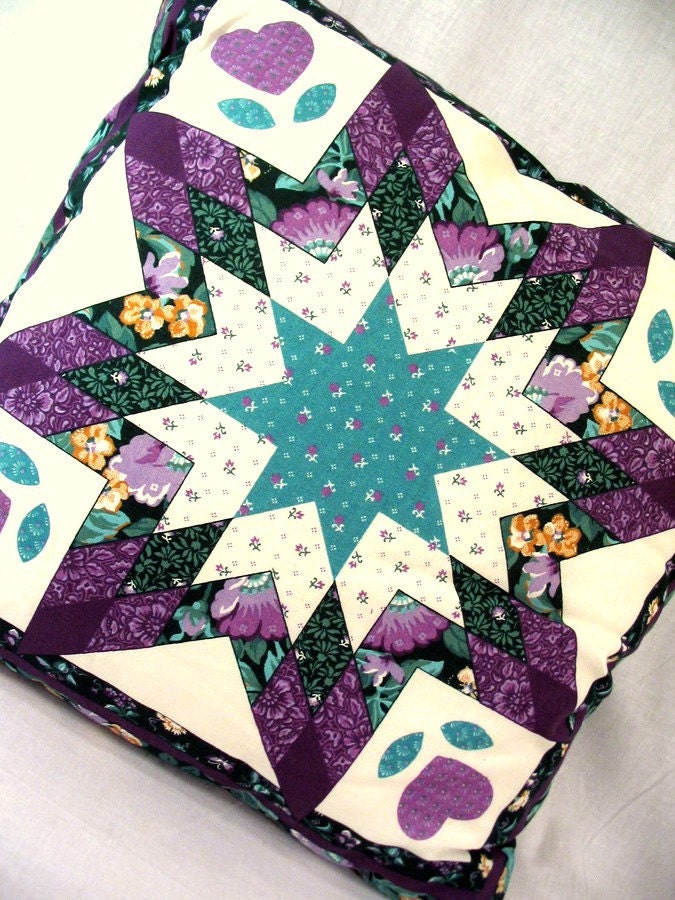







12 comments:
Great post, I have to check out this book for inspiration. Nice selection of items to go along with your information.
Thank you !
Great article! Made me ponder on things that I know but just never think about. Thank you for picking items to explain each style.
Am very grateful to you for including the "full body baby bib" from my shop.
Excellent! Once again...learned something from our blog! Nicely done and I love the creations that go along with it.
What a great and very informative blog post! Very talented ladies in this team!!
Very informative and eye pleasing post!!!
Well done! I think this a great how you paired up techniques with BBest items...and I thank you for including my bold coasters. Great job:)
What an interesting post! I think many of us put together our designs unconsciously, which would be material for another post, but when you look at the final product, the design looks deliberate, doesn't it? Thanks for including my butterflies.
Wow - what fun to read all the design background you gleaned!
Absolutely beautiful! Love it!
I an't wait to start seeing your weaving designs. Great choices to highlight the many designs and geometric shapes of our very talented Bbest artisans!
Thanks for the info on the book, I have a friend who is a textile designer whose birthday is in a few weeks - the perfect gift!
Very interesting blog. And thank you for including my silk painting(Fickle Winds)--:)
Wonderful post! Thank you for including me and giving me ideas!
Post a Comment